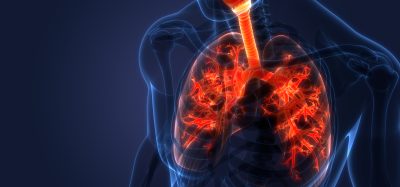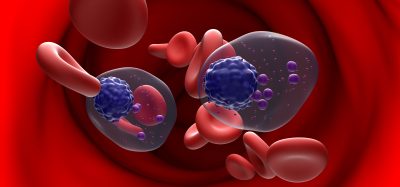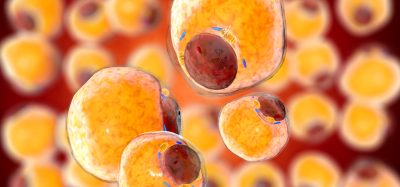Using computational modelling to gain insights into flu viruses
Posted: 22 July 2022 | Ria Kakkad (Drug Target Review) | No comments yet
Scientists at the University of Pittsburgh have been using computational modelling to understand the body’s immune responses to avian flu.


Researchers at the University of Pittsburgh, US have been using computational modelling to understand the body’s immune responses to avian influenza viruses, also known as “bird flu”. The study, which was recently published in Viruses, found that the levels of interferon may be responsible for its more severe presentation—and may also be the key to treating it.
“It is hard to see what is happening in the human body when it is infected with a virus, but our computational modelling can help us understand the immune system’s reaction, and where we might be able to help it do a better job,” said Assistant Professor Jason Shoemaker, who led the research. “We need more modelling to really understand what happens to high-risk individuals when they are infected to make them high-risk. Then we can figure out how to better treat them.”
The team used data from mice infected with either H5N1, the high-pathogenic avian flu, or H1N1, the low-pathogenic swine flu. They then used an engineering-based approach to model and predict virus replication and key immune responses based on the mice’s infections, including the levels of interferon and immune cell activity.
By exploring the different biological responses, the researchers were able to determine that the production rate of interferon drives the strain-specific immune responses observed in the mice. In other words, the high viral load, and the resulting interferon production by cells in the lungs after H5N1 infection seems to be the main reason for differing infection outcomes.
“This modelling provides more evidence for the theory that interferon is induced earlier and more severely by the high-pathogenic H5N1 strain than by other influenza viruses,” said Shoemaker. “Interferon then appears to be a main factor in determining how severe the infection will be and explains the distinctive immune response we see in H5N1 infections.”
Though the recent paper did not specifically look at SARS-CoV-2, the findings could still give researchers a path to developing better treatments.
Related topics
Big Data, Technology, Therapeutics
Related conditions
avian influenza
Related organisations
University of Pittsburgh
Related people
Assistant Professor Jason Shoemaker







